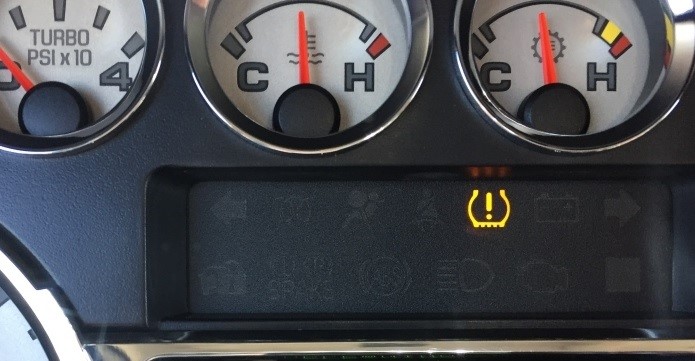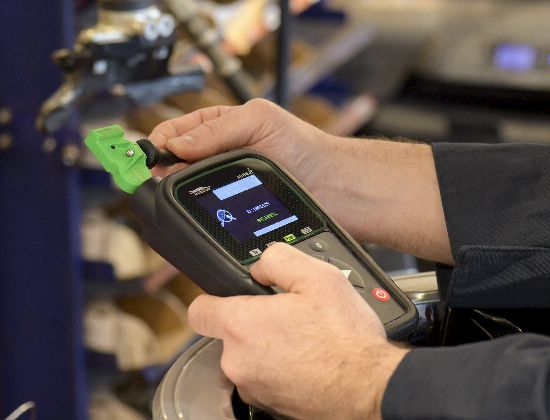


Hyundai Azera TPMS Now Covered by ALLIGATOR Sens.it RS+ Sensors
Alligator sens.it RS+ universal TPMS sensors now cover the 5th-generation Hyundai Azera, model years 2012-2017. The 2012-13 cars used 315 MHz sensors while the 2014-17 models came equipped with 433 MHz parts. The reach of Alligator sens.it coverage continues to grow,...
TPMS Frequently Asked Questions (FAQs)
When is a TPMS relearn needed?- When rotating tires or installing new sensors How to clone OE sensors?- Use the TPMS tool’s Copy ID menu when programming a new sensor- Find the original sensor’s ID on the part case then use the Manual ID menu on tool for...
TPMS Tool Evolution
The automotive industry never stands still; neither should your tools. Since TPMS became mandatory for U.S. passenger cars and light trucks in 2008, the technology has continuously been evolving. What started as a basic safety system has grown into a complex,...